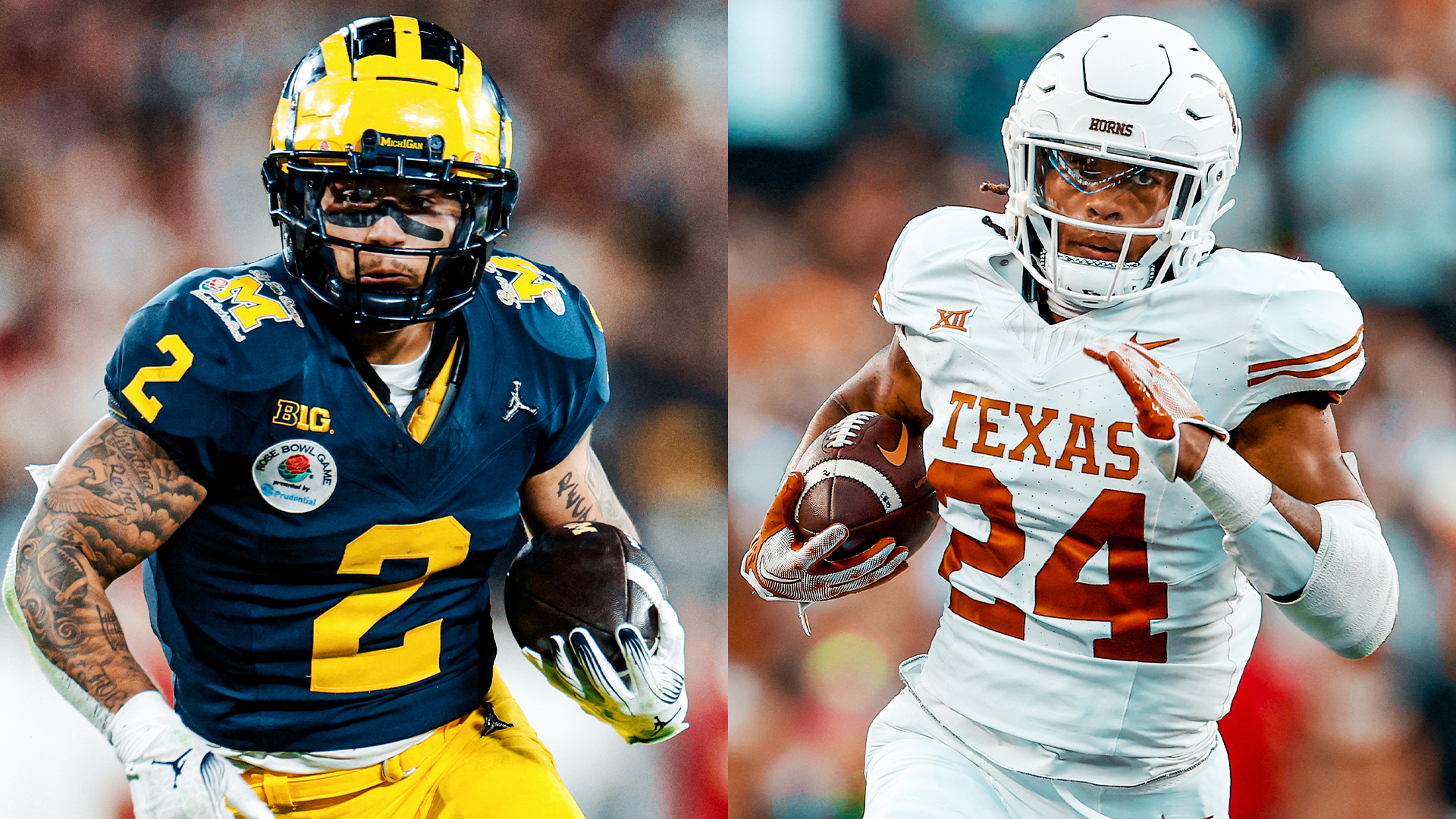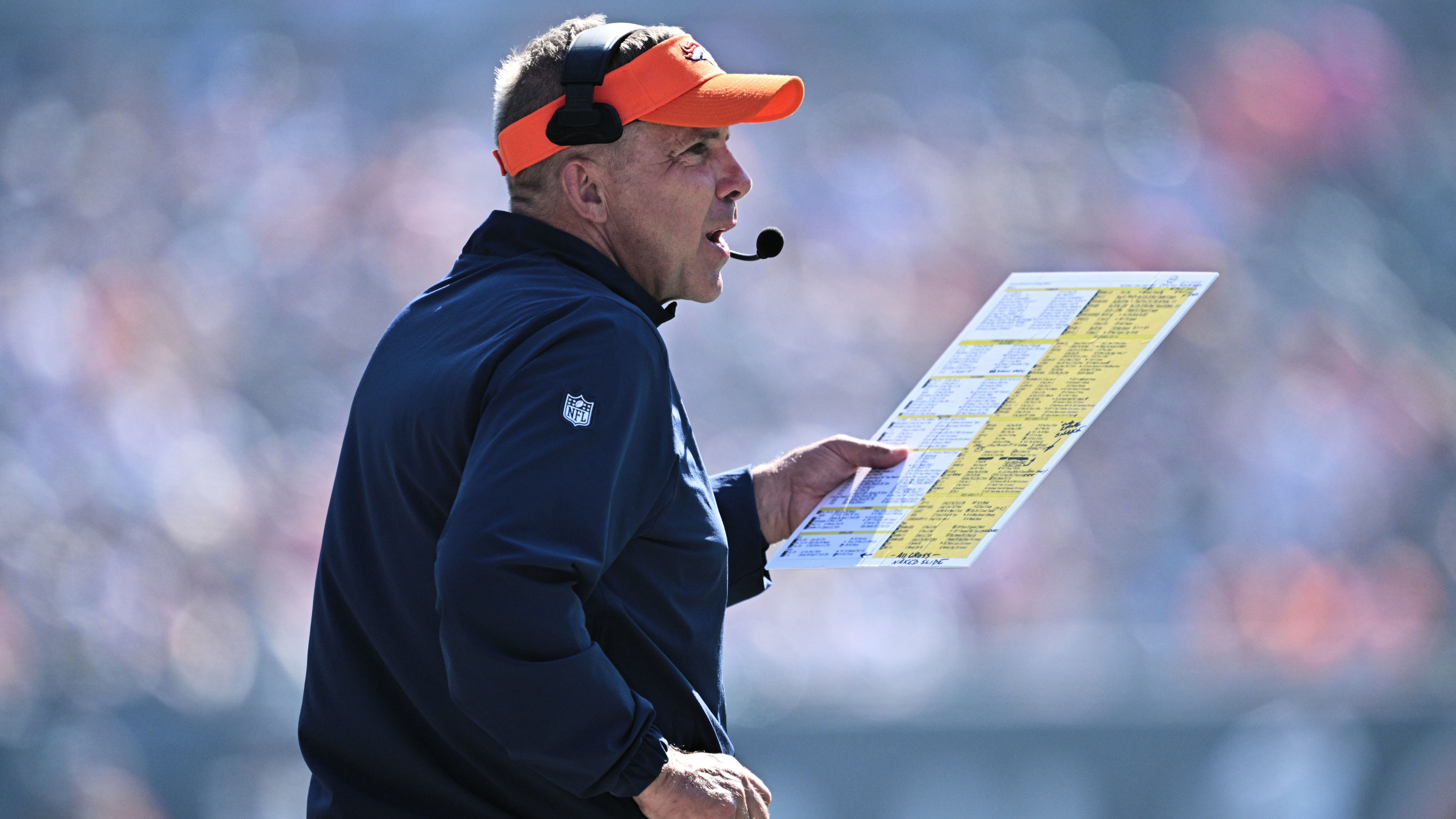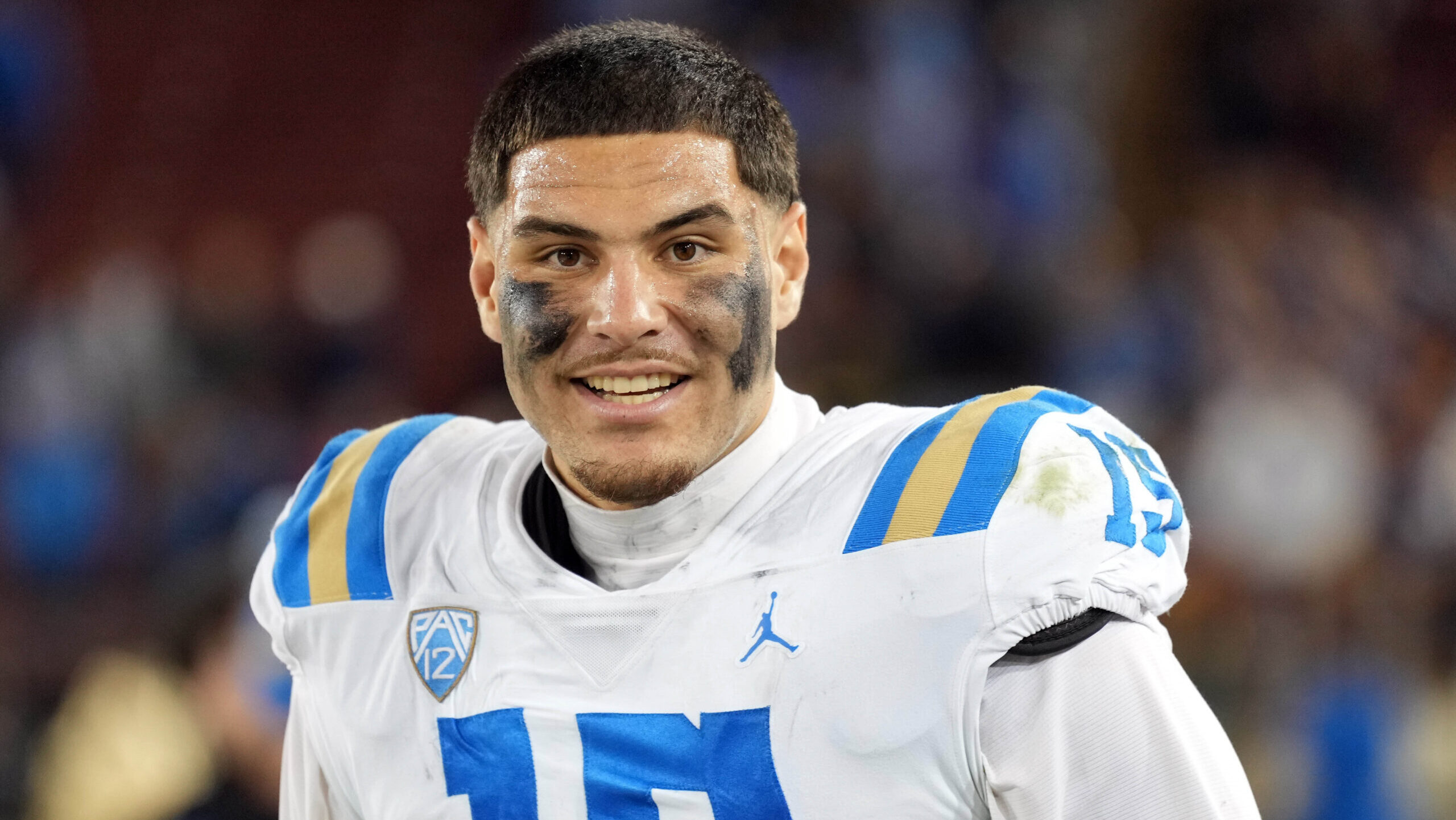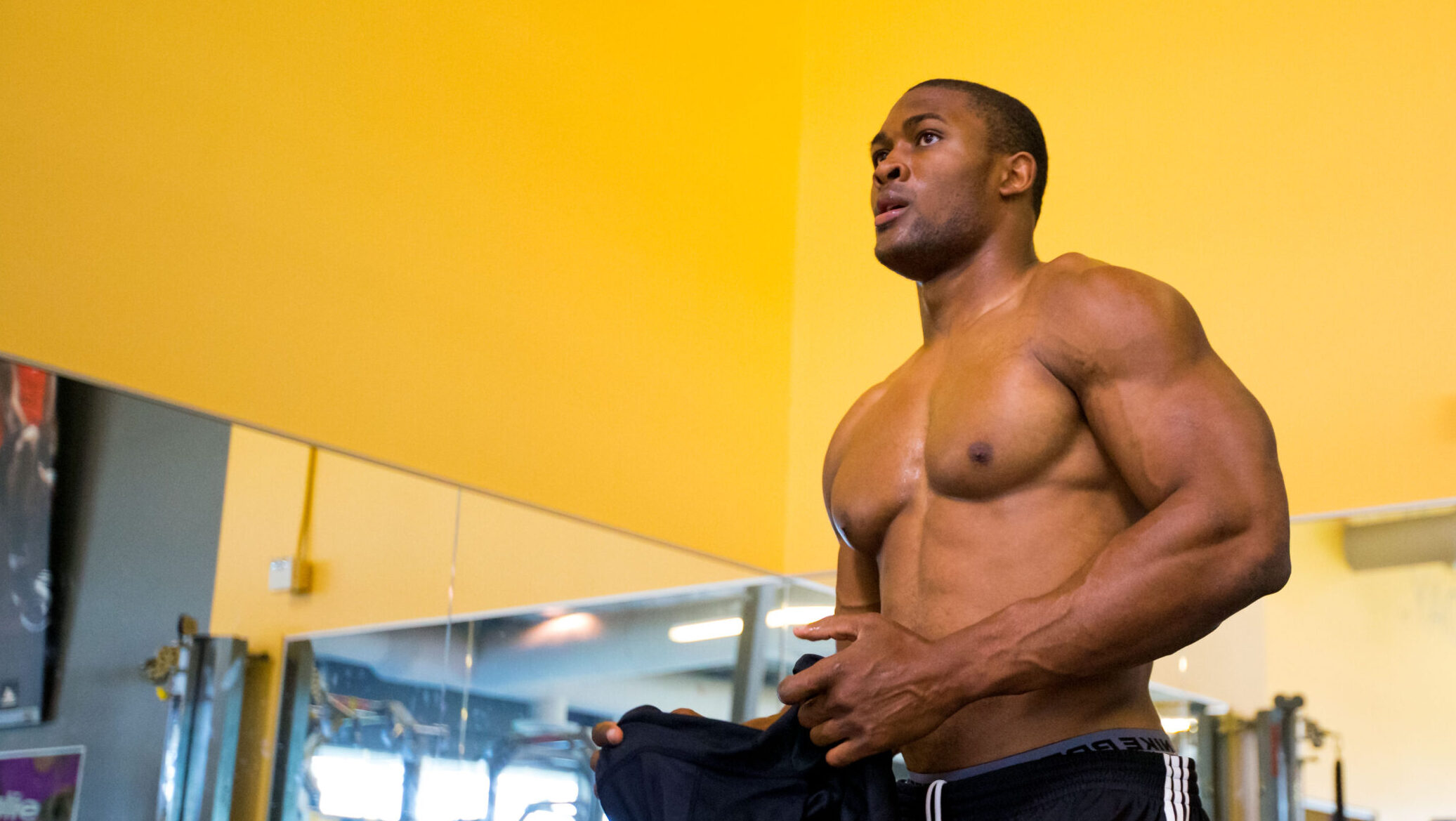Analysis
4/26/23
0 min read
Newsletter Sign Up
- Share to Facebook
- Share to X
- Share via LinkedIn
- Share via Email
- Copy permalink to clipboard Copied to clipboard
- Share to Facebook
- Share to X
- Share via LinkedIn
- Share via Email
- Copy permalink to clipboard Copied to clipboard
The 33rd Team is a Football Think Tank created by Mike Tannenbaum and Joe Banner.






